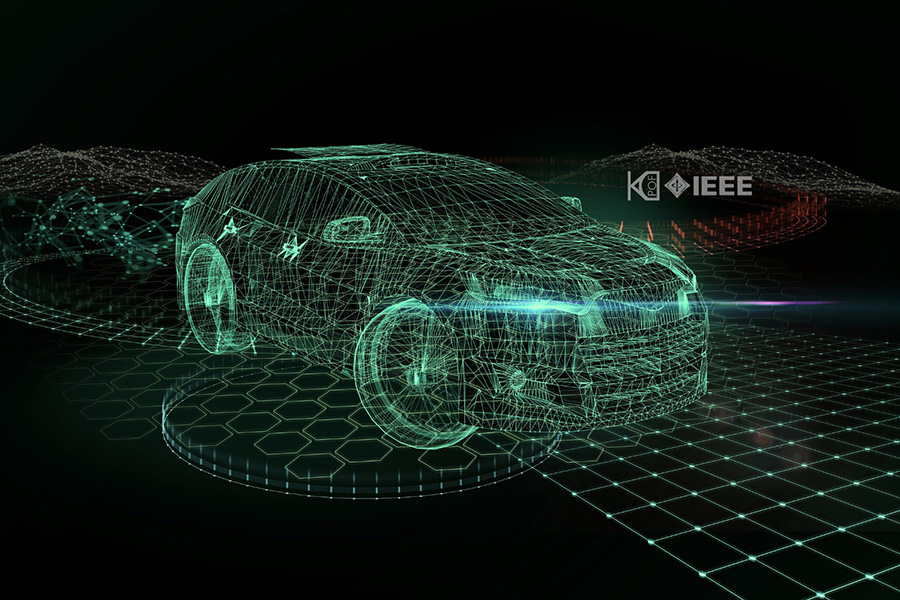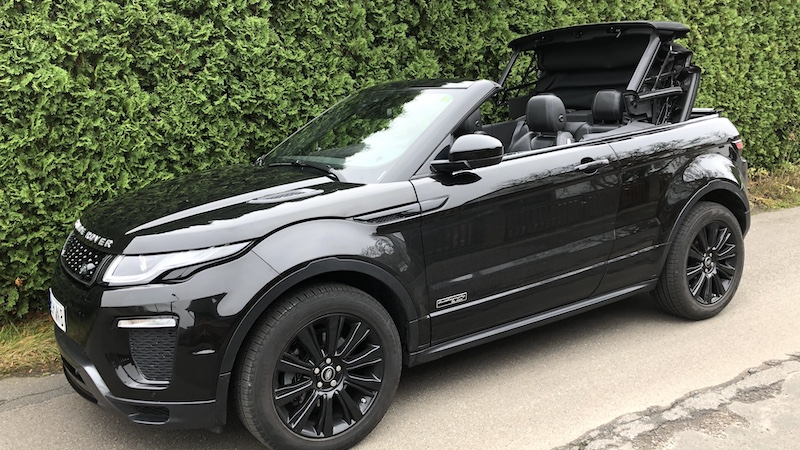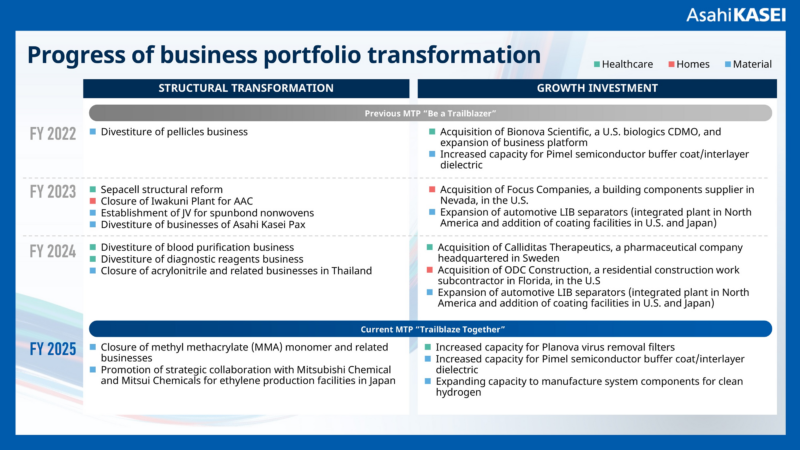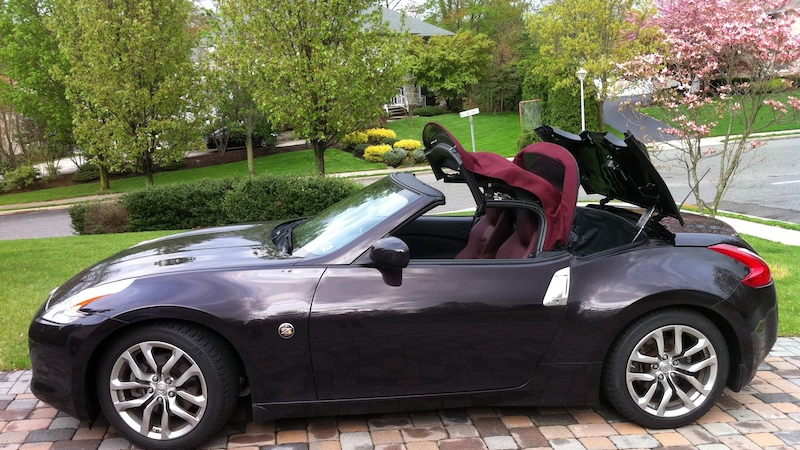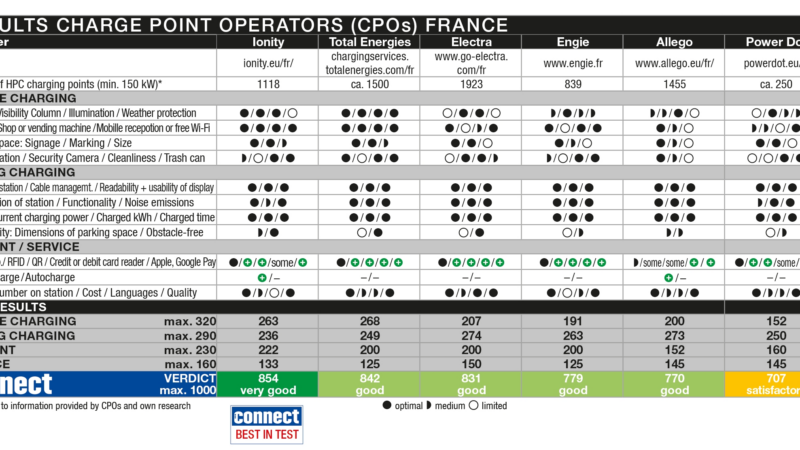New Standard Defines Physical Layer Specifications and Management Parameters for Multi-gigabit Glass Optical Fiber Automotive Ethernet
KDPOF (leading supplier for high-speed connectivity over fiber optics in harsh environments) welcomes the publication of the IEEE 802.3cz-2023 standard „IEEE Standard for Ethernet Amendment 7: Physical Layer Specifications and Management Parameters for multi-gigabit glass optical fiber automotive Ethernet“ with the final release by the IEEE Standards Association (IEEE SA). This amendment to IEEE Std 802.3-2022 adds Physical Layer specifications and management parameters for 2.5 Gb/s, 5 Gb/s, 10 Gb/s, 25 Gb/s, and 50 Gb/s operation on glass optical fiber in an automotive environment.
„We’re very excited about this major milestone for optical automotive multi-gigabit Ethernet,“ stated Ruben Perez de Aranda, KDPOF CTO and Co-founder, as well as IEEE Senior Member and active participant in the IEEE 802.3 working group. „The 802.3 Task Force includes numerous individuals affiliated with key carmakers, such as PSA, Toyota, BMW, Ford, GM, and Volvo; Tier 1 suppliers; and components suppliers. Many thanks to all contributors and supporters for making optical in-vehicle Ethernet networks of up to 50 Gb/s a reality!“
Future-proof: Robust, Low Power, Scalable
The IEEE 802.3cz-2023 (nGBASE-AU) standard has been designed from scratch with the goal of meeting stringent automotive requirements. The use of glass optical fiber improves power consumption. In addition, it is more resilient to aging problems. It is absolutely future-proof since ECUs can be upgraded to higher speeds while keeping the same harness.
„As of today, the IEEE 802.3cz standard technology provides the only existing solution for 25 Gb/s and 50 Gb/s single lane connections with 4 inline connectors and a maximum length of 40 meters in the car over OM3 multimode fiber,“ added Luis Manuel Torres, Principal System Architect at KDPOF and active member at IEEE Standards Association.
The standard specifies speeds of 2.5, 5, 10, 25, and 50 Gb/s per lane. It meets automotive temperature requirements of -40 °C to +105 °C and OEM reliability requirements with a minimum of 15 years of operation with 10 FIT. The maximum link length is 40 meters with 4 inline connectors. The solution is affordable since the higher optical power budget allows lower tolerance connectors. Additionally, the OM3 fiber is widely used, ensuring high volume production. An almost ideal communication channel allows a much simpler physical layer with a lower DSP/equalization complexity and no echo cancellation, resulting in lower power consumption, lower latency, a smaller silicon area, and overall lower-cost solution. A specially dedicated Operations, Administration, and Maintenance (OAM) side channel is available for dependability and link management.
The Automotive Future is Optical
For higher speeds, automotive requirements demand this movement from copper to optical physical data transmission. Optical Ethernet connectivity perfectly solves vehicles‘ challenges and electrical interference thanks to its unbeatable electromagnetic compatibility, reliability, and low cost:
EMC: Fiber is inherently immune to electromagnetic interferences and does not emit interference, thus saving an immense amount of additional development time and cost.
Temperature: Fiber cables withstand extreme temperature ranges from -40 C up to +125C for operation ambient.
Power consumption: A simpler channel allows for a lower power consumption than copper, thanks to a simpler DSP/equalization and no need for echo cancelling.
Reliability/Durability: The selection of the 980 nm wavelength allows VCSEL devices to comply with automotive reliability and lifetime.
Inline Connectors: As no shielding is needed, connectors are smaller and mechanically more robust.
Power Budget: In contrast to copper, up to 4 inline connectors for a speed of 25 Gb/s and 2 inline connectors for 50 Gb/s can be inserted over a length of 40 meters. With copper it is only possible to insert 2 inline connectors with a maximum length of 11 meters and 25 Gb/s.
Cost-effective: The lower diameter of the OM3 fiber results in significant cost efficiency. In comparison, copper-shielded differential pairs (SDP) proposed for 25GBASE-T1 are AWG26 (0.14 mm2) and AWG24 (0.22 mm2). For reference, the Cat 6A cable is usually AWG23.
About KDPOF
Fabless semiconductor supplier KDPOF provides innovative high-speed optical networking for harsh environments. KDPOF made gigabit communications overstep-index plastic optical fiber (SI-POF) a reality for automotive. Founded in 2010 in Madrid, Spain, KDPOF offers its cost-effective technology as a fully qualified automotive-grade ASSP. KDPOF“s technology makes use of innovative digital adaptive algorithms to maximize the receiver’s sensitivity. This supports high-yield and reliable optoelectronics production in low-cost bulk CMOS deep submicron nodes, delivering carmakers low risk, low cost, and short time-to-market.
Company-Contact
KDPOF
Óscar Ciordia
Ronda de Poniente 14 2ºA
28760 Tres Cantos
Phone: +34 91 8043387
E-Mail: 
Url: https://www.kdpof.com
Press
ahlendorf communication
Mandy Ahlendorf
Hermann-Roth-Straße 1
82065 Baierbrunn
Phone: +49 89 41109402
E-Mail: 
Url: https://www.ahlendorf-communication.com
Die Bildrechte liegen bei dem Verfasser der Mitteilung.

